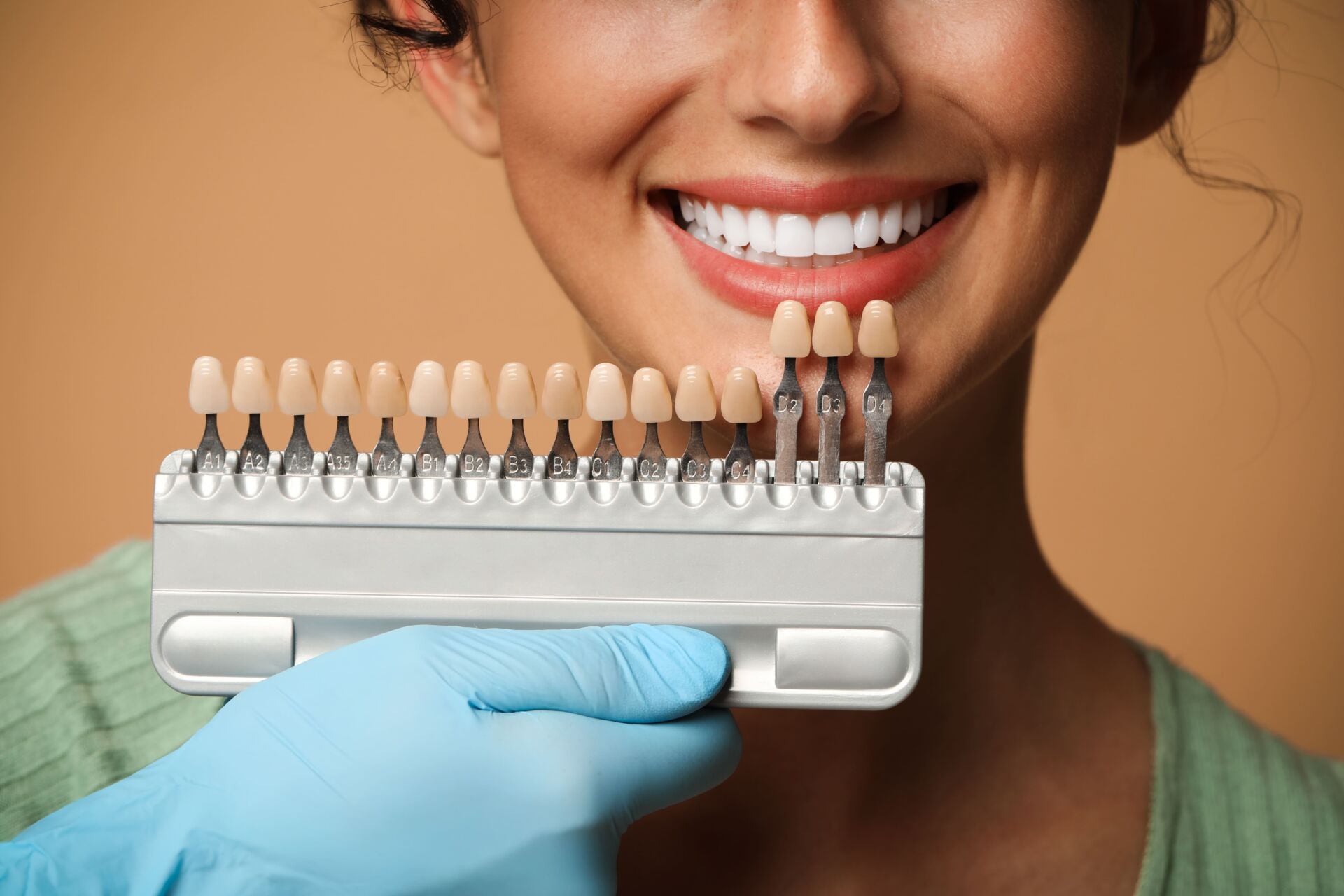If you’re one of the 61% of Americans who wish they could improve their smile, you may be starting your research into available treatment options. Two of the most commonly discussed approaches are cosmetic dentistry and full mouth restoration. While they may sound similar, they serve very different purposes.
Understanding the difference between the two can help you choose the right treatment plan for your unique needs and select the ideal provider, like a skilled full mouth restoration dentist in Pittsburgh.
What Is Cosmetic Dentistry?
Cosmetic dentistry focuses on the aesthetics of your smile. These treatments are elective and designed to improve the appearance of your teeth, gums, and overall facial harmony. Common cosmetic dentistry procedures include:
- Teeth whitening
- Porcelain veneers
- Dental bonding
- Invisalign or clear aligners
- Gum contouring
Cosmetic dentistry is ideal for patients who have healthy teeth and gums but want to address concerns like discoloration, chips, gaps, or minor misalignment. The goal is to create a natural-looking, attractive smile that boosts your confidence.
What Is Full Mouth Restoration?
A full mouth restoration goes beyond aesthetics. It is a comprehensive, often medically necessary, approach to rebuilding or rehabilitating the function, health, and structure of your entire mouth. Also called full mouth reconstruction, this process is typically recommended for patients with:
- Extensive tooth loss or decay
- Severely worn or damaged teeth
- Advanced gum disease
- Jaw alignment issues or bite problems
- TMJ disorder or neuromuscular dysfunction
Unlike cosmetic dentistry, full mouth restoration combines multiple restorative and functional treatments, such as:
- Dental implants or bridges
- Crowns and inlays/onlays
- Root canal therapy
- Orthotic appliances for bite alignment
- Neuromuscular dentistry techniques
The result is a fully rehabilitated mouth that functions properly, feels comfortable, and looks beautiful.
Key Differences Between the Two
While cosmetic and full mouth restorative procedures can sometimes overlap, the primary distinction lies in their purpose. Cosmetic dentistry focuses on appearance, whereas full mouth restoration prioritizes function and health, often incorporating cosmetic improvements as a secondary benefit.
A smile makeover might involve veneers and whitening to enhance a healthy smile. In contrast, a full mouth restoration addresses the underlying issues that make it difficult to chew, speak, or smile confidently.
Which Is Right for You?
If you’re mostly concerned with the look of your teeth and have no major dental issues, cosmetic dentistry may be all you need. But if you’re dealing with chronic dental problems or structural issues, a full mouth restoration dentist like Dr. Alexandra S. George in Pittsburgh can help rebuild your smile from the foundation up.
Dr. Alex takes a holistic, neuromuscular approach to full mouth restoration, ensuring your bite, jaw function, and dental health are aligned for long-term success. With more than 30 years of experience and recognition as one of the top dentists in the region, Dr. Alex and the Pittsburgh Dentist team offer both cosmetic excellence and functional restoration that stands the test of time.
Schedule Your Consultation Today
Not sure which path is right for you? Schedule a consultation with Dr. Alex to discuss your goals, concerns, and treatment options. Whether you need to see a cosmetic or a full mouth restoration dentist, our expert team will guide you every step of the way. Let our qualified team help you achieve a healthy, functional, and confident smile you’ll love for years to come.




